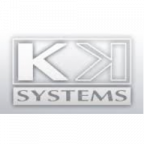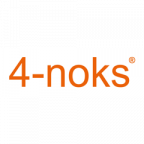Signal converters and sensors
4-20mA and 0-10V are two commonly used analog signal formats in industrial automation and measurement and control engineering. Temperature and signal converters are essential devices that can convert and adjust these signals depending on the specific requirements of an application.
First of all, 4-20mA is a current signal widely used for sensors and instruments in industrial environments. Here, 4mA usually represents the lower limit (for example, a minimum temperature), and 20mA represents the upper limit (for example, a maximum temperature). This signal type has a number of advantages, such as high interference immunity and the ability to travel long distances without significant signal degradation.
0-10V, on the other hand, is a voltage signal where 0V usually corresponds to the lowest value (for example, a minimum temperature) and 10V to the highest value (for example, a maximum temperature). It is another common format for analog signals and is often used in HVAC (Heating, Ventilation, Air Conditioning) systems, building automation and other applications.
Temperature and signal converters, also known as transmitters, provide the translation between the different signal formats. For example, they can read a temperature sensor that uses a resistor or thermocouple as an input and convert this information into a 4-20mA or 0-10V output signal, depending on the needs of the system.
These converters are crucial to allow different sensors and actuators to communicate with each other in an automated system. They also provide flexibility in customizing the scale and units of the measured variables, allowing engineers and operators to interpret and use the data as needed.
Basically, 4-20mA and 0-10V are commonly used analog signal formats in the industry, and temperature and signal converters are the links that help integrate and communicate these signals in complex systems, enabling accurate measurement and control.





